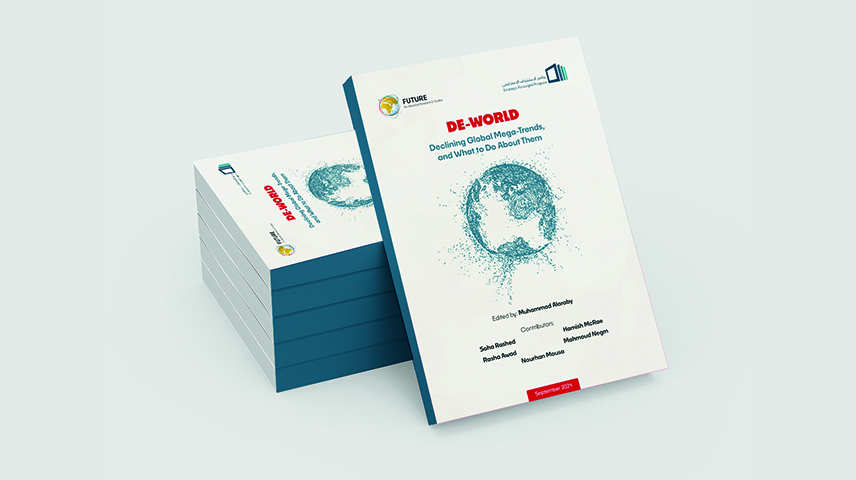Megatrends are defined as broad, impactful movements that bring about deep-seated changes on a global scale. These trends, associated with globalization, demographic shifts, technological innovation, urbanization, and climate change, are shaping the scenarios of the present and future world.
Throughout history, megatrends have been tracked from past centuries to the onset of modernity and the industrial revolution in the West. They have often been portrayed as escalating and growing. While there is historical, empirical, and sensory evidence to support this view, it has been closely linked to the ideology of modernist progress, envisioning a world that is constantly advancing and moving forward.
However, as the world undergoes significant yet undefined transformations, we can now observe megatrends veering towards decline, slowdown, and recession.
The current phase of globalization is marked by imbalances; which casts doubts about the idea of a converging world. This is particularly evident amidst escalating geopolitical rivalries among major powers and competition within the multipolar international system. As a result, the concept of establishing parallel international systems has emerged. These developments have also led to skepticism regarding the effectiveness of economic globalization and interdependence.
Furthermore, due to various forms of Deglobalization, the phenomenon of global de-growth has gained prominence. It is perceived both as a cyclical capitalist economic trend and as a conscious movement that views absolute growth as unsustainable and even perilous to the planet and societies.
Among the prominent megatrends is de-population, which affects advanced and post- industrial societies, while other communities may face potential declines in population growth rates. This trend will have consequences for China’s rise and necessitate other powers to reconsider their immigration policies to compensate for population decline. Finally, despite the rapid pace of technological innovations and the dominance of new technologies such as artificial intelligence, there are indications of de-innovation. Due to market dynamics dominated by technology companies, improving existing products is prioritized over investing in new knowledge that enhances human life and addresses pressing societal issues.
In this issue, we examine various trends that we label as “De-world.” However, it is important to note that this does not necessarily mean that the world will move in the opposite direction. Globalization continues to persist, primarily due to advancements in communication and the occurrence of crises that transcend borders and continents.
Furthermore, it is crucial to recognize that humanity will not disappear from the planet solely due to a population slowdown. In fact, demographic giants in the Global South, such as Africa and India, are poised to reclaim their status as the most populous regions.
While human civilization has a rich history of innovation and creativity, it is essential to address emerging issues as proactive measures before they transform into challenges or threats. These downward trends serve as strong indicators of a new world that is yet to be born, and they require careful attention and management.


